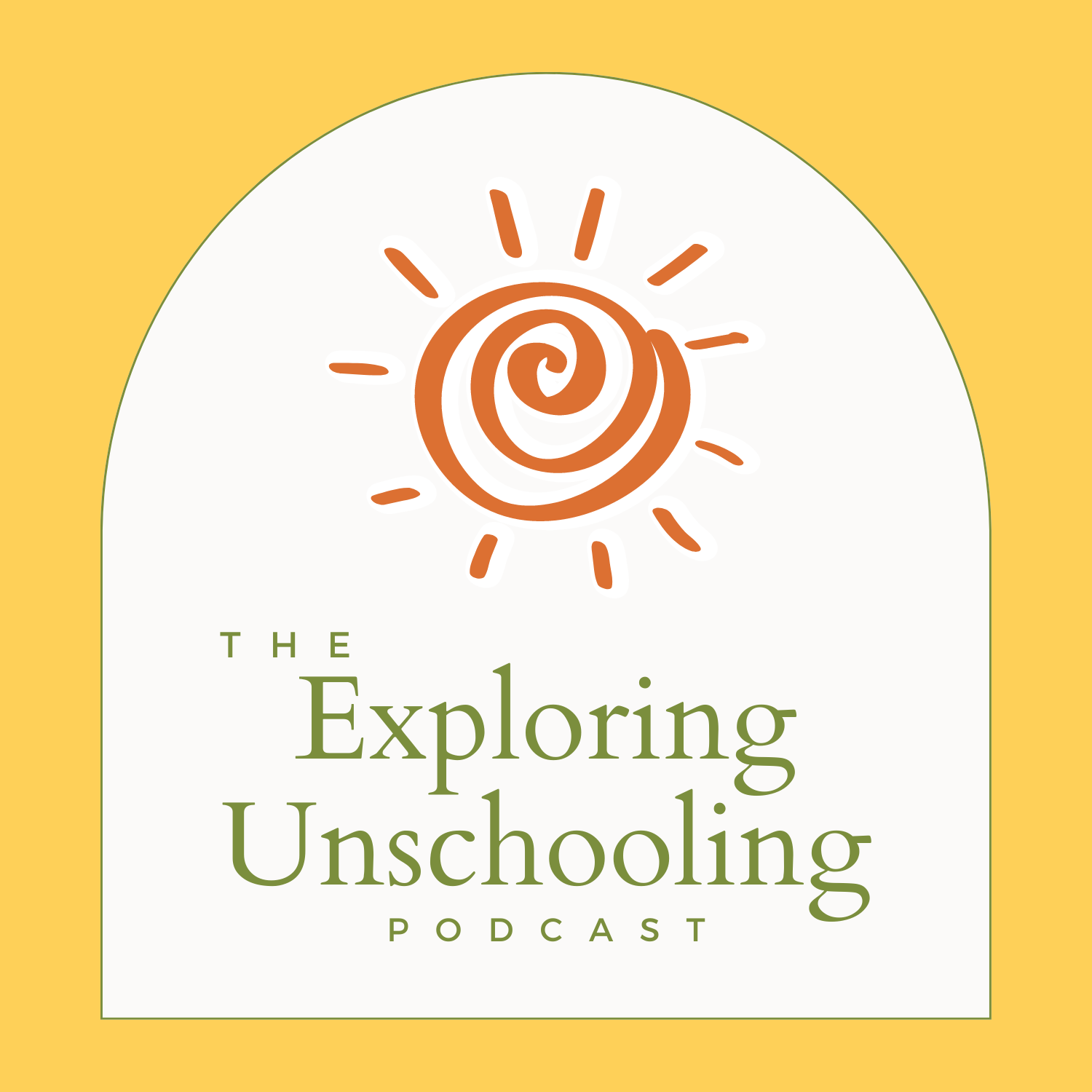EU388: Bids for Connection
Update: 2025-07-17
Description
Join Pam, Anna, and Erika to talk about bids for connection. John and Julie Gottman from the Gottman Institute coined the term “bids for connection” to describe many moments through our days when people in our lives try to connect with us. In our conversation, we talked about what those bids can look like (sometimes […]
Comments
In Channel





